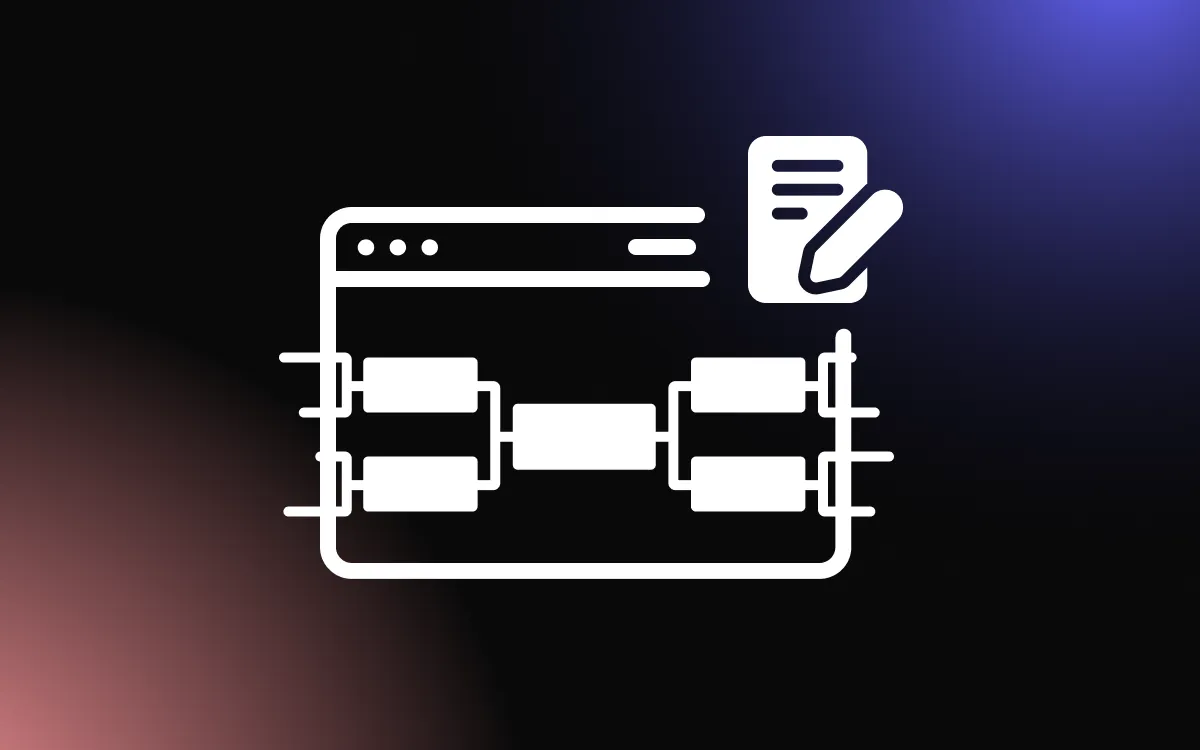
In the realm of online brackets, diversity in table types is not just a matter of aesthetics; it's a crucial component that can significantly impact user experience and the overall success of a tournament.
This article delves into the importance of offering multiple table types in online brackets, examining how they cater to different user needs, enhance clarity, and facilitate better strategic planning.
From the classic single-elimination tables to the more complex round-robin and double-elimination formats, we'll explore how each table type serves a unique purpose and why incorporating a variety is essential for any competitive online platform.
Understanding Different Bracket Formats
Single-Elimination Brackets
Single-elimination brackets, also known as knockout brackets, are straightforward: if you lose once, you're out. This format is popular due to its simplicity and high stakes, making each match a do-or-die scenario.
- Efficiency: Tournaments conclude quickly, ideal for a large number of entrants.
- Simplicity: Easy to organize and understand, even for those unfamiliar with the sport or event.
- Drama: The win-or-go-home nature adds excitement and unpredictability.
Double-Elimination Brackets
Double-elimination brackets offer a second chance, allowing teams or individuals to lose once and still have the opportunity to win the tournament.
- Fairness: Competitors can recover from an early loss and still compete for the title.
- Accurate Rankings: This format often results in the most skilled participants advancing, as one loss doesn't eliminate a strong contender.
- Complexity: More matches are required, and the bracket structure can be more complicated to manage and follow.
Round-Robin Tables
In round-robin tournaments, each participant plays every other participant an equal number of times. This format is excellent for ensuring that all competitors have the same opportunity to prove themselves.
- Comprehensive: Allows each competitor to play multiple games, providing a broader assessment of their skills.
- Predictability: Schedules can be set in advance, knowing exactly who plays whom and when.
- Duration: These tournaments can take longer to complete, which may not be suitable for all events or venues.
The Role of Table Types in Player Experience
Ensuring Fair Play
The type of table used in a tournament, whether it's round-robin or a bracket system, plays a pivotal role in ensuring fair play. It determines how competitors are matched, the frequency of play, and the path to victory.
- Equal Opportunities: Round-robin tables allow each player to face every other competitor, ensuring that no one benefits from an easy draw.
- Transparency: A clear and well-structured table type can prevent disputes by providing transparent progression criteria.
- Balance: Properly designed tables can balance rest and play, preventing fatigue and keeping the competition fair.
Managing Player Expectations
The table type sets the stage for the entire tournament experience and directly impacts player satisfaction and expectations.
- Predictability: Certain table types provide a clear outline of the tournament's progression, allowing players to strategize and set realistic goals.
- Engagement: The right table type can maintain player engagement by ensuring that the stakes remain high and the outcomes uncertain.
- Experience: For recreational players, the table type can be chosen to maximize enjoyment rather than competitiveness, ensuring a positive experience regardless of the outcome.
Strategic Planning with Multiple Table Types
Tournament Structure and Flow
Incorporating multiple table types into a tournament requires strategic planning to ensure a smooth transition from one stage to the next. The structure must be designed to maintain the integrity of the competition while providing a clear path to the finals.
- Sequential Integration: Determine how round-robin, single-elimination, and double-elimination brackets will lead into one another, ensuring a logical flow that participants can easily follow.
- Timing and Pacing: Plan the schedule to allow for adequate rest between different stages, especially when transitioning from a round-robin phase to more intense elimination rounds.
Balancing Competitiveness and Engagement
The use of multiple table types can enhance the tournament by balancing the need for a competitive environment with the desire to keep players and spectators engaged.
- Inclusivity: Start with a round-robin to give all participants a fair chance to play multiple games, fostering inclusivity and full participation.
- Excitement: Transition to elimination brackets to heighten excitement and create high-stakes matches that attract spectators and media attention.
- Recovery: Consider double-elimination brackets to offer a second chance to competitors, keeping them engaged in the tournament for a longer period.
The Impact of Table Types on Audience Engagement
Viewer Experience and Retention
The type of tournament bracket or table can significantly influence the viewer experience and, consequently, audience retention. A well-structured tournament can keep the audience invested through various stages.
- Variety: Different table types offer a variety of viewing experiences, from the unpredictability of round-robin matches to the high stakes of elimination rounds.
- Narrative: The progression from one table type to another can create a compelling narrative, with underdog stories and dramatic comebacks that keep viewers hooked.
Interactive Brackets for Fans
Interactive brackets can significantly enhance fan engagement, allowing audiences to feel involved in the tournament's progression.
- Predictions: Fans can make their predictions using interactive brackets, which increases investment in the outcomes of matches.
- Social Sharing: Interactive brackets are easily shareable on social media, encouraging discussions and debates among fans, further increasing engagement.
Leveraging Table Types for Different Game Genres
Fighting Games vs. Team Sports
The choice of bracket or table type can be tailored to the genre of the game, enhancing the competitive experience for both players and audiences.
- Fighting Games: Single-elimination brackets are often favored in fighting game tournaments due to their fast-paced nature, emphasizing the 'survival of the fittest' atmosphere.
- Team Sports: Team sports may benefit from round-robin or double-elimination formats, which allow teams to showcase their skills over multiple games, ensuring a fairer assessment of their abilities.
Adapting Brackets to Game Dynamics
The dynamics of the game should influence how brackets are structured, ensuring that the format complements the game's pace and style.
- Game Length: Longer, more strategic games might be better suited to round-robin tables where a single loss doesn't eliminate a player or team.
- Player Interaction: Games with high levels of player interaction and complexity might benefit from double-elimination brackets, giving teams a chance to learn and adapt from their losses.
The Best Tool for Creating Online Brackets

The Free Bracket Maker by Common Ninja is the ultimate tool for anyone looking to create interactive online brackets. It offers a user-friendly platform with a variety of bracket types, including single and double elimination, as well as custom formats. This widget not only enhances user engagement with features like voting and predictions but also serves as a lead collection tool through its signup option.
What sets the Free Bracket Maker apart is its customization capabilities. Users can export brackets as images or PDFs, choose from multiple layouts and skins, and even inject custom CSS for a unique look. Responsive by design, it ensures that brackets are accessible and visually appealing on any device, making it the go-to solution for seamless online bracket creation.
Future Trends in Online Bracket Systems
Predictive Analytics and Machine Learning
The future of online bracket systems is poised to be revolutionized by predictive analytics and machine learning. These technologies can analyze vast amounts of historical data to predict outcomes with increasing accuracy.
Machine learning algorithms can learn from each tournament's data, identifying patterns and trends that can influence future bracket predictions. This not only enhances the experience for those participating in predictions and fantasy leagues but also provides organizers with valuable insights into potential match outcomes.
Integration of Social Media and Brackets
Social media integration is another trend that is set to reshape online bracket systems. By linking brackets directly to social media platforms, organizers can leverage the viral nature of social sharing to increase engagement.
Participants can share their brackets, celebrate victories, or commiserate losses, all within their social networks. This integration can also facilitate real-time discussions and debates, turning the solitary act of filling out a bracket into a communal experience. Furthermore, social media metrics can feed into predictive models, offering another layer of data regarding public opinion and sentiment.
Best Practices for Organizers Using Multiple Table Types
Planning and Execution
When organizing a tournament with multiple table types, meticulous planning is paramount. Organizers must decide early on the mix of single-elimination, double-elimination, and round-robin tables to best suit the event's goals. This decision impacts the tournament's length, complexity, and participant experience.
Execution then requires a reliable platform capable of managing the different formats seamlessly, ensuring that transitions between table types are smooth and that the rules for each are clearly applied. Scheduling must account for the different paces at which each table type progresses, and contingency plans should be in place for any technical or logistical hiccups.
Communication with Participants
Clear communication with participants is critical when dealing with multiple table types. Each format comes with its own set of rules and progression criteria, which can be confusing, especially for newcomers.
Organizers should provide detailed explanations of how each table works, how players transition from one to another, and what the expectations are at each stage. This information should be readily available and easy to understand, using visual aids where possible. Regular updates and reminders can help keep participants informed about upcoming matches and any changes to the schedule or format, ensuring that everyone is on the same page and reducing the likelihood of disputes or confusion.
Conclusion
The use of multiple table types in online brackets is more than just a feature—it's a strategic tool that can make or break the success of a tournament. By providing a range of table types, organizers can accommodate various tournament styles and preferences, ensuring that participants and spectators alike have a clear and enjoyable experience.
As we've seen, each table type brings its own set of advantages, from the simplicity and high stakes of single-elimination to the comprehensive competition of round-robin formats. In the end, the thoughtful integration of diverse table types is a testament to an organizer's commitment to excellence and inclusivity, offering a robust platform where strategy, skill, and luck can shine in equal measure.


